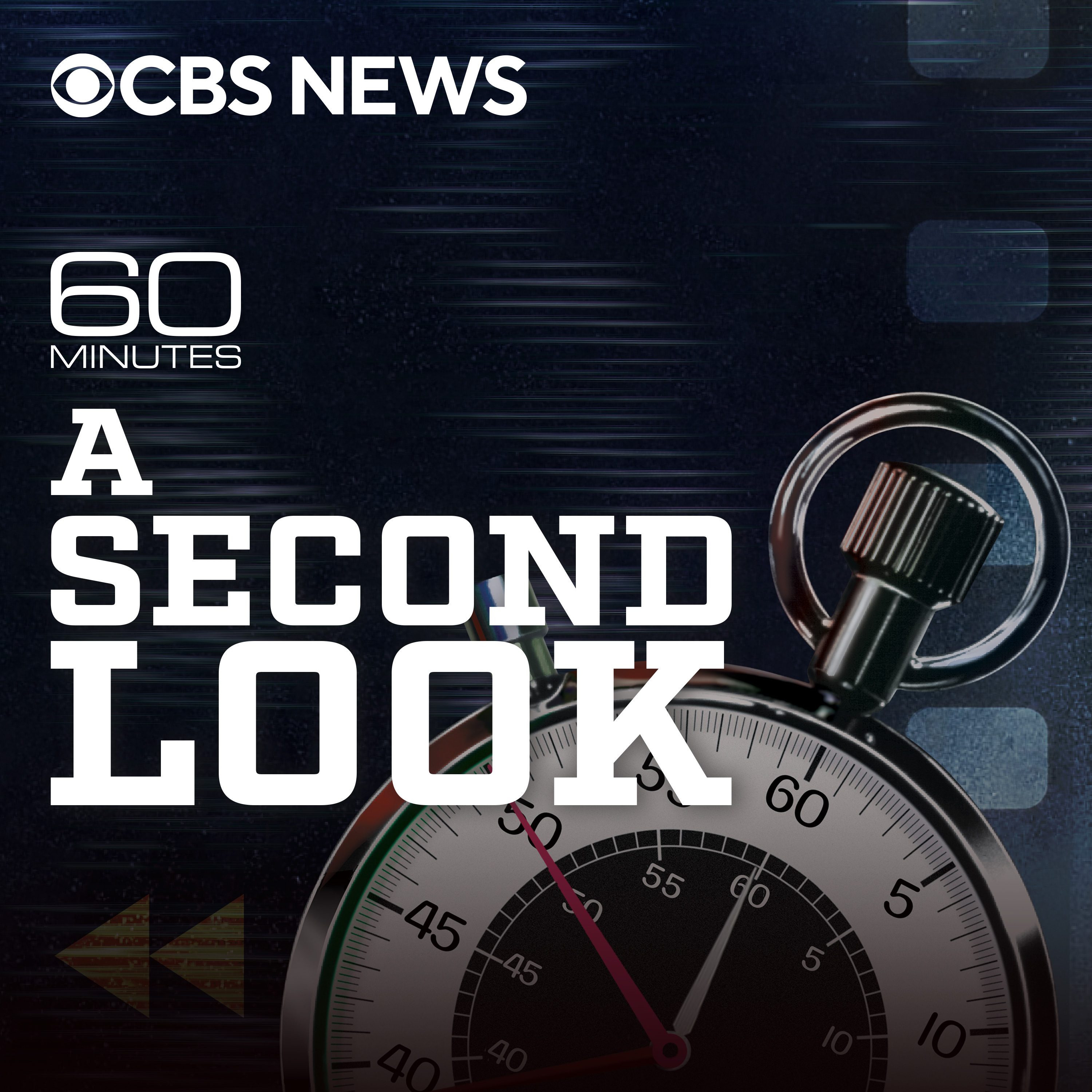
Deep Dive
What was significant about the Osborne 1 computer in the early 1980s?
The Osborne 1, created by Adam Osborne, was one of the first mass-marketed portable computers, weighing 24 pounds and designed to fit under an airplane seat. It came with pre-installed software, making it user-friendly and accessible for everyday use. It was a commercial success, selling hundreds of thousands of units at $1,800 each.
Why did Osborne Computer file for bankruptcy in 1983?
Osborne Computer filed for bankruptcy due to the 'Osborne Effect,' where the company pre-announced new models before they were ready, causing sales of the existing Osborne 1 to plummet. Additionally, increased competition and managerial issues contributed to the company's rapid decline.
How did Jerry Sanders contribute to the tech industry in the 1980s?
Jerry Sanders founded Advanced Micro Devices (AMD) after being let go from Fairchild Semiconductor. AMD's microchips were pivotal in the development of personal computers and were used in significant projects like the Columbia Space Shuttle mission. Sanders was known for his charisma and vision for making technology user-friendly.
What were some of the utopian aspirations of early Silicon Valley tech leaders?
Early Silicon Valley leaders believed technology could empower individuals, reduce drudgery, and even eliminate war by improving communication. They saw personal computers as tools to democratize access to technology and create a better society, moving away from military-funded projects of the Cold War era.
How did the tech industry in the 1980s compare to today's AI-driven landscape?
The 1980s tech industry, focused on personal computers, shares similarities with today's AI-driven landscape in terms of hype, fear, and optimism. Both eras involve predictions about technology transforming society, concerns about job displacement, and the role of charismatic leaders in driving innovation and adoption.
What role did Cold War military spending play in the rise of Silicon Valley?
Cold War military spending in the 1950s and 1960s funded early tech development in Silicon Valley, with companies like Lockheed Martin driving innovation. This military-industrial complex laid the groundwork for the personal computer industry, which later emerged as a movement to democratize technology and reduce reliance on military funding.
What were some of the early challenges in making computers accessible to the public?
Early challenges included miniaturizing computer components to make them affordable and portable, as well as ensuring they were user-friendly. In the 1980s, computers were still novel, and most Americans had not yet interacted with them, requiring significant innovation in design and functionality to gain widespread adoption.
How did Adam Osborne's approach to selling computers differ from competitors like Apple?
Adam Osborne focused on creating a 'mainstream' product that was portable and came with pre-installed software, making it immediately usable. In contrast, Apple emphasized sleek design and aesthetics, which Osborne criticized as 'oddball.' Osborne's approach aimed at practicality and accessibility for the average consumer.
Shownotes Transcript
Before Elon Musk and Mark Zuckerberg, there was Adam Osborne and Jerry Sanders. You may not be familiar with their names, but the brash business leaders of Silicon Valley of the early 1980s understood that technology had the capacity to change all of our lives. In this episode, we explore what they got right, what they got wrong, and how lessons learned from early Silicon Valley might help us learn how to navigate the advent of artificial intelligence.
For more episodes like this one, search for "60 Minutes: A Second Look" and follow the show, wherever you get your podcasts.
See Privacy Policy at https://art19.com/privacy) and California Privacy Notice at https://art19.com/privacy#do-not-sell-my-info).
